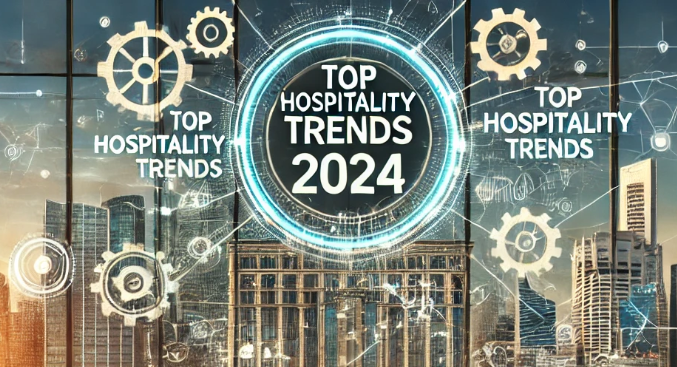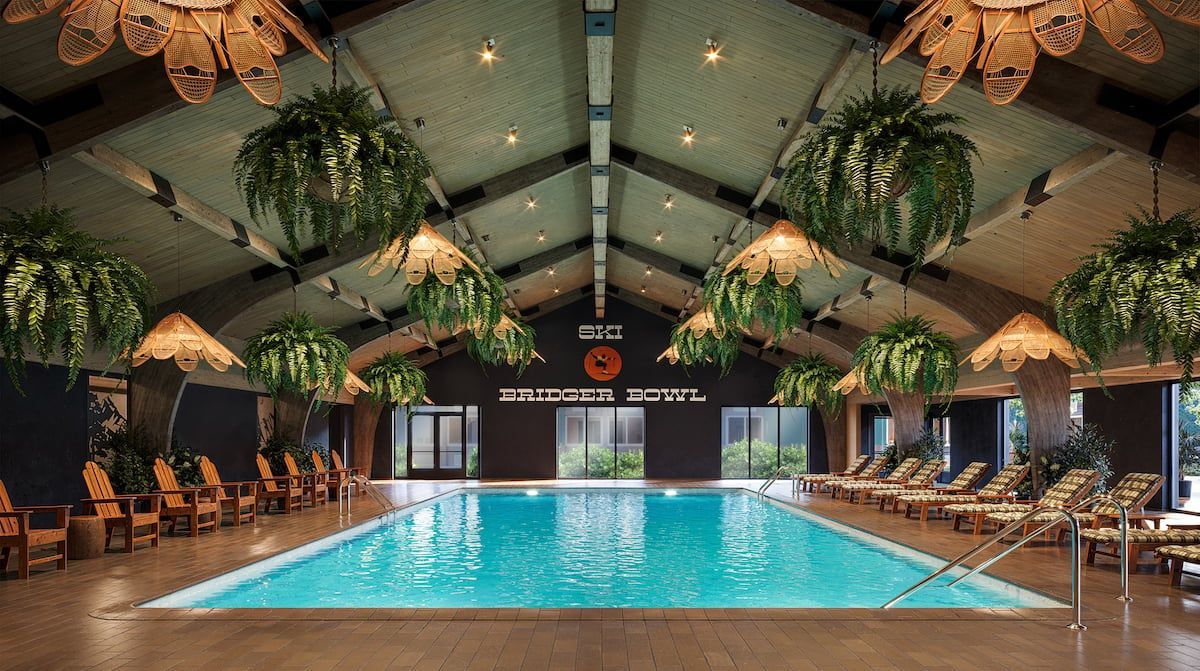Guest Satisfaction in Hotels Returns to Pre-Pandemic Levels
Research conducted by the American Customer Satisfaction Index suggests that the travel industry is experiencing a resurgence. The ACSI's Travel Study 2023-2024 indicates that customer satisfaction levels in lodging, online travel agencies, car rentals, and airlines have returned to pre-pandemic levels.
This is particularly uplifting news for lodging providers, as their customer satisfaction scores hit a 15-year low in 2022.
Forrest Morgeson, associate professor of marketing at Michigan State University and director of research emeritus at the ACSI, noted that despite the challenges the lodging industry faced due to staffing issues post-pandemic, it has rebounded remarkably well in terms of customer satisfaction compared to other travel sectors.
The study revealed a 3% increase in customer satisfaction with lodging compared to the previous year, following a 6% increase reported in the previous year's study. Notably, Hilton emerged as a standout performer in this year's report, with Hilton brands like Hampton, Hilton Garden Inn, and Hilton Hotels & Resorts receiving the highest customer satisfaction scores among their peers. Marriott brands like AC Hotels and Marriott Hotels also performed well, with Airbnb ranking sixth, surpassing many traditional hotels.
Business travelers were found to be more critical of their lodging experiences compared to leisure travelers, with 31% expressing dissatisfaction compared to 12%.
The improvements in lodging satisfaction scores are attributed to a return to normal operations, the adoption of technology such as contactless check-in, and enhanced staffing levels. Morgeson emphasized that addressing staffing shortages has played a significant role in enhancing guest satisfaction, with a focus on gradual improvements and incentives for employee retention, such as better wages and benefits.
A J.D. Power study echoed these findings, highlighting the importance of increased hiring in hotels for improved customer satisfaction. Andrea Stokes, hospitality practice lead at J.D. Power, emphasized the crucial role of frontline staff in shaping the guest experience.
Additionally, the ACSI ranked guest satisfaction with online travel agencies, with Booking.com securing the top spot and Expedia following closely behind.
The ACSI Travel Study 2023-2024, based on interviews with 16,352 customers conducted between April 2023 and March 2024, provides valuable insights into the evolving landscape of customer satisfaction in the travel industry.













